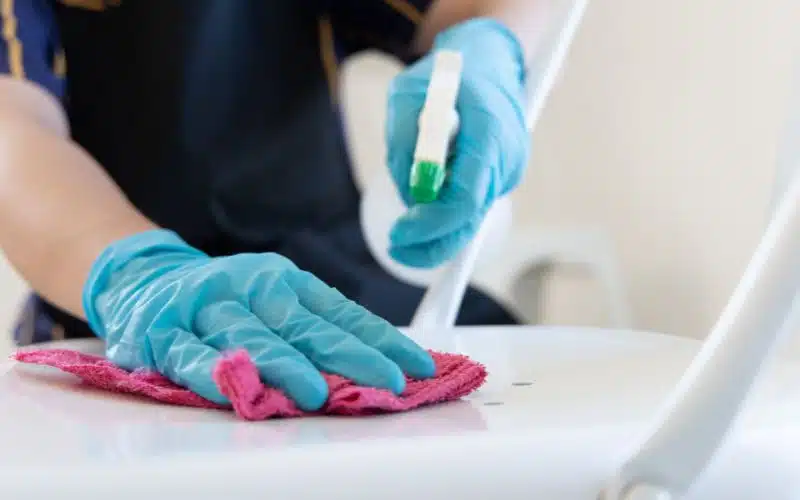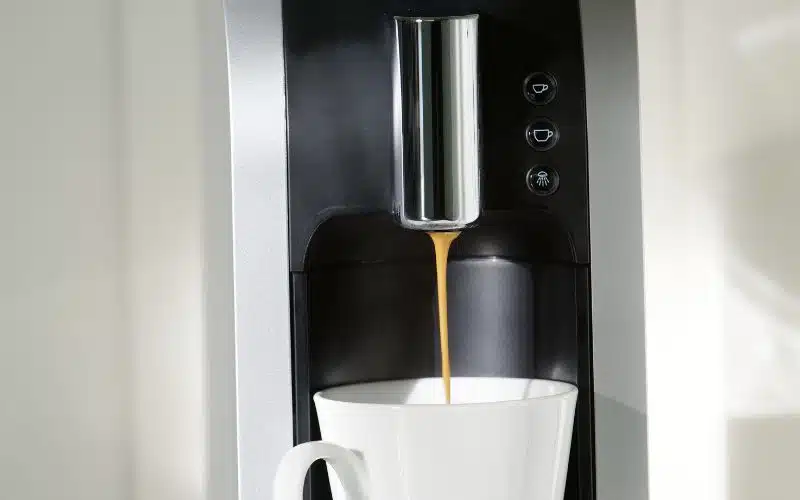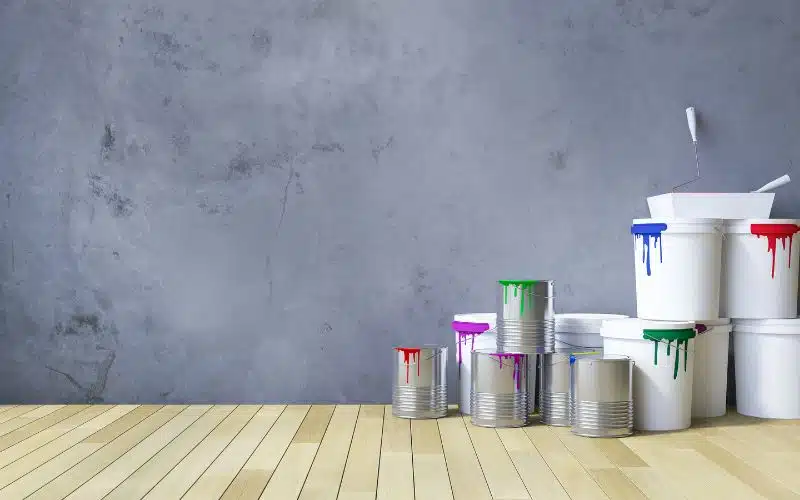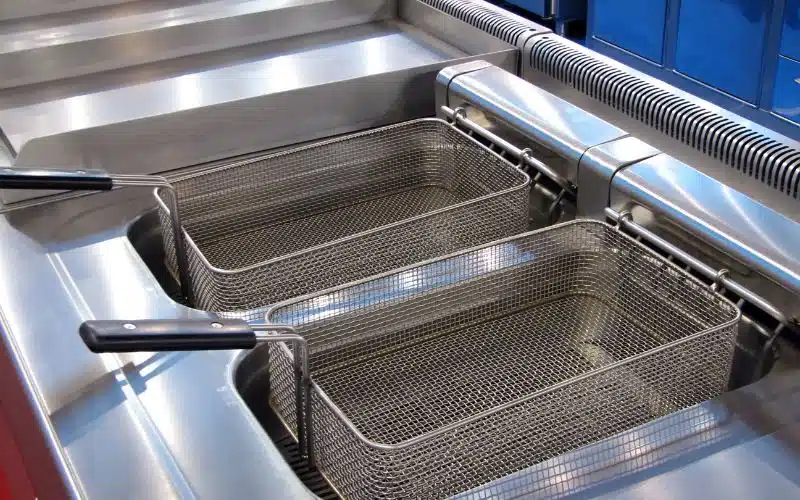Before the invention of drilling machines, water wells were dug manually and were not so deep.
Consequently, it took a shorter time to refill and faster to dry up. This problem became a cause for concern and is still one today.
Knowing how long they can last for homeowners dependent on water wells as their only water source is necessary. So, since drying is inevitable, you will want to know how long it takes to refill.
Certain factors affect how long it takes the water well to refill, they include the age of the well, its depth, location, amount of water you use daily, the geographical features, and water source or aquifer. Another factor is the population and number of water wells in your location.
Facts About Water Well to Refill
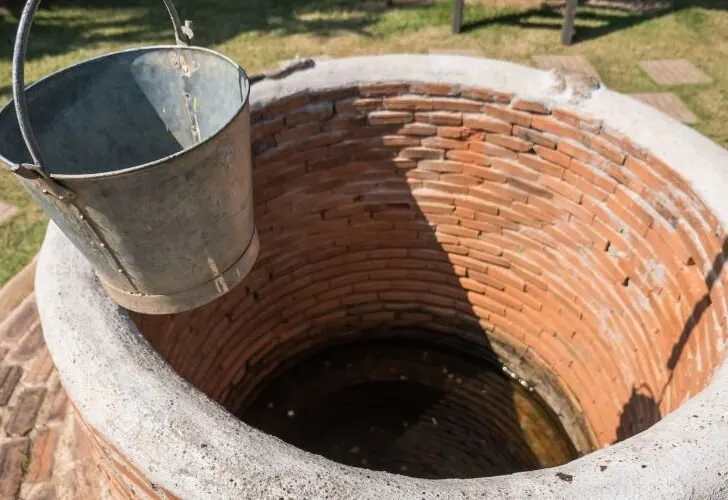
There are various myths and facts about refilling water well. But for the sake of this article, I will stick with the facts.
Here are some essential facts about refilling water well.
#1. Your Well Can Refill By Five Gallons In a Minute
A standard well can refill by five gallons in one minute. The rate at which the water well refills depends on the location and availability of water in the area.
For example, if you stay in a desert region, you should not expect to have a lot of water at the surface.
The only way you can have sufficient water to refill your well is if your well is deep. The reason is that the deeper the well, the easier it is to refill from the soil.
#2. Rain Water Can Refill Your Well
Another fact about water well refill is that rainwater can refill your well even though cisterns depend partially on rainwater to fill them.
However, rainwater is not ideally safe for household use if you do not treat it before use. So, when it rains, you can open the well cover to allow water to enter the well quickly.
This method is faster than leaving the cover unopened. In this case, water goes into the well from the ground.
#3. Rain Water Can Affect Your Water Negatively
As much as rainwater proposes to be an excellent addition to the volume of your well, it might not be the best.
It contains several chemical compounds that can affect your health negatively when ingested in large quantities.
The human body requires some ions and minerals in minute quantities, if at all. Sodium and magnesium compounds and ions are significant components of well water.
While iron and zinc are also present but in minute quantities. Magnesium carbonate So, it’s best to avoid rainwater from getting into your water well as a refill source.
What Consumes More Time For a Water Well to Refill?
Various things can contribute to the rate at which water well refills. These things are crucial to your water supply in your home and determine if there will be water in your well.
Here are the most probable causes of delay during your water well refill.
#1. Slow Water Flow Rate
Groundwater can reduce if there is an insufficient flow to sustain it. Aquifers are underground water sources that allow water into your well from time to time.
For example, if there is a drought, the groundwater levels drop automatically.
Consequently, the water flow rate will drop, and the well will refill more slowly than it would when there is no drought.
This factor is one of the primary reasons why water wells take more than the usual time to refill.
#2. High Water Usage
Water is for almost every chore in the home; it is an essential commodity. However, you can get it less expensive than gold or crude oil.
Now, if your home requires that you use a lot of water, you should consider digging a more bottomless well.
The reason is that the inflow rate must equal the water outflow rate. Another example is; that if you run a water supply facility, the depth of your borehole must be excellent.
You must consider your supply chain and compare it with the available water volume.
The last thing you might want is to lose customers because you fail to supply water due to inadequate infrastructure.
#3. Natural Causes
Drought is an example of a natural cause that affects the productivity of your water well.
It is more common in certain regions than in others around the world. Drought involves periods of dryness and scorching heat, in line with a lack of rainfall.
It is not news that your water well gets some of its water from rain that falls on the soil. So, the water flow rate will drastically reduce if there is a dry period.
How does the Surrounding Geology Impact the Refill Time Of Your Well?
Water comes from the rocks underground. Most rocks do not naturally produce water but absorb it from the surface.
Consequently, when rainfall reduces, groundwater level drops until it rains again. Various factors affect rainfall; temperature, altitude, and latitude.
These factors are responsible for the intensity or lack of it thereof of rainfall. Global warming also affects the amount of rainfall in most regions.
The temperature rise destabilizes sea levels, which leads to floods and other natural disasters.
The primary source of water is the rocks underground. The rocks absorb water and introduce it into the water wells as aquifers.
These water producers are responsible for constantly refilling your water well even after it does not rain for a long time.
Groundwater will not hold without rocks that can absorb and store water. It would be best if you knew that some rocks do not absorb water; not all rocks are aquifers.
These rocks act as a trap for the water, allowing the water to roll over and into the absorbable ones.
How Do You Know If Your Well Is Out Of Water?
It is pretty easy to know if your well is out of water. Below are some of the apparent signs.
#1. When the Water Level Drops Considerably Over Time Without Increasing?
The decreased water level is one of the apparent signs of drying well. For example, if the borderline drops after a long day of constant usage, the output is more significant than the input.
As long as the water well replenishes fine, the water decrease is not an actual problem.
However, if you notice that the water level does not rise after a few weeks, it is a sign that you might be experiencing dryness.
#2. When Impurities Are Present In the Water Than Usual?
Well water is not 100% pure; sometimes, you can see some impurities depending on the depth and location.
Nonetheless, it does not mean seeing large chunks of dirt in your water is expected. Instead, if you realize an unusual amount of impurities present, it indicates your dropping water level.
#3. When the Color Of the Water Changes From Clear to Muddy or Brown?
Clean water is colorless and odorless; anything less than this indicates that it is unsafe for use. Another obvious sign is that the color of the water changes from clear to muddy.
Consequently, it would help if you were on the lookout for the moment your tap begins to bring brown liquid. It is the best time to consider increasing the depth.
#4. When You Notice That the Water Has a Taste?
Another significant characteristic of clean water is that it is tasteless. Some might wonder how true this statement is, but it is 100% accurate.
The reason is that most folks notice a slight metallic taste in their water, especially from the tap.
The taste might be due to the corrosion of the pipes and not the water source. So, if you notice a usual taste, your water well is drying.
#5. When Water Takes Longer Time to Come And Trickles?
Taps must flow fully when the water source is without obstruction. However, once the water dries, the volume decreases and takes longer to run. When you notice this, it is the best time to call the drilling company.
How Can I Tell How Much Water Is In My Well?
You can measure the water level with a few materials; steel tape or an airline device. Although if you notice that the pressure from your faucets reduces, the water level is dropping.
The steel tape is the most common way to check; you need to lower it into the well until it reaches the bottom.
Next, take the tape out and check the unit where the water stops; you have your measurement.
On the other hand, using the airline device requires a more professional approach. First, you need to measure the pressure from the pipes in the well.
Once you take the measurement and realize it is low, you must allow the well to refill naturally.
Refills are pretty simple; when the soil absorbs rainwater, it easily seeps into the well through cracks deliberately to refill the well.
Cisterns are often mistaken for water wells but are very different water sources. It would be best if you knew that wells differ from cisterns because:
| Cisterns | Wells |
|---|---|
| Cisterns do not source water from the soil. | Wells, on the other hand, get their significant water supply from the soil or rocks underground. |
| Cisterns act as reservoirs and are for the sole purpose of storing water. | Wells can store water, but that is not its primary purpose. Instead, it is for tapping from the depth. |
| Cisterns collect rainwater; this is their primary source of water. Therefore, it is ideal for parts of the world with some rainfall. | Contrarily, water wells can collect rainwater, but it is not a suitable mixture. The reason is that well water is fresh and pure from the soil. Meanwhile, rainwater contains a lot of contaminants that are not healthy for household use. |
| Cisterns are relatively shallow since they are just for trapping water. In addition, it may not have a platform that rises above the ground. | Water wells are bottomless; some are up to 500 feet. Although some have a platform built at the opening, others are not. Some wells are not to fetch directly but as a source to connect to your home. This platform could be of bricks, concrete, or clay. |
| Cisterns could be a hole in the ground that you can stoop to get water with a container. | The depth of the well depends on the purpose of the well; to get water or petroleum products. Some wells are for mining and not for sourcing water. |
| These water holes are less expensive to install and are not burdensome. | On the other hand, wells cost thousands of dollars to install; the greater the depth, the more the installation cost. |
| These water reservoirs are not as acceptable as water wells. | Water wells are still in use and are more popular than their contemporaries. |
Do Water Wells Refill Themselves?
Yes, water wells refill themselves because groundwater is the best source. I am sure the refilling process is no longer news to you at this point, having discussed the process extensively.
Aside from natural pool recharge methods, there are several ways that you can induce a well to refill.
One way to do this is by injecting water into the surface area of the well toward the groundwater.
This action increases the water levels and creates higher chances for the groundwater levels to replenish.
This process requires supervision and accurate calculations. In other words, it is necessary when there is severe water scarcity, and this is the only solution.
Conclusion
In conclusion, it takes a minute for a water well to refill by five gallons of water. In addition, the rate of the refill depends mainly on the location and the amount of rainfall.
You cannot live in a desert area and expect a constant water supply. You have more advantages in an area with sufficient rainfall.
